
Popular Mechanics’ Breakthrough Awards honour the tech products that matter most. This year they include the camera that can focus after the fact, the affordable 3D printer, the most radical redesign of Microsoft Windows in more than 15 years, and plenty more. (And check out all our Breakthrough coverage here.)
1. The North Face Powder Guide ABS Vest and Backpack
Avalanches are a deadly threat to snowmobilers, skiers, and others who explore the snowy mountains. The North Face brings existing avalanche airbag technology to a low-profile vest and a backpack; the airbags inflate to help a victim stay on top of cascading debris. The user triggers the system by pulling a toggle that causes a gas canister to inflate the bags. While ABS technology can't eliminate avalanche risk, it has already saved lives in Europe and North America.
2. Lytro Camera
Lytro's light-field cameras transform photography, letting you focus an image after you shoot it. Unlike a conventional camera, which records light from a single focal point, a light-field camera captures light from all directions. A user can later change the focus to a new area of the image or even make it stereoscopic. In the past, light-field photography required supercomputers. The Lytro makes this technology accessible to casual shooters.
3. Autodesk 123D
Autodesk is a dominant player in the world of professional 3D engineering software; the company's new Autodesk 123D suite of free, simple tools gives amateurs the power to create, share, and print 3D models. Here's how it works: The user takes 20 to 30 photos of an object, then loads them into the 123D Catch software [1]. The software analyzes the images to produce a 3D CAD model that can be edited onscreen like a digital photo [2]. The CAD file can be sent to a 3D printer or turned into a series of 2D paper prints that the user can glue to cardboard, cut to shape, and assemble into a real-world 3D model [3].
4. Microsoft Surface + Windows 8
The most radical redesign of Windows since 1995, Windows 8 erases the distinction between tablets and full-fledged PCs. The new operating system embraces touchscreen gesture control while retaining mouse and keyboard inputs. The default presentation looks like a mobile interface: Tiles displaying snippets of information replace icons, and the static desktop becomes a moving flow of websites and apps. (Users can access a traditional desktop if they prefer.) This reinvention of the OS is a platform for a reinvention of the PC as well. Microsoft's new Surface series of tablets have keyboards built into their protective covers, and the Pro model offers the full versatility of a laptop.
5. Ford 1-Liter EcoBoost Engine
With its EcoBoost engine, Ford has engineered far more efficiency into the classic internal combustion engine, maintaining performance and boosting fuel economy without resorting to a heavy and expensive hybrid powertrain. Ford's 1-liter EcoBoost engine has only three cylinders and roughly two-thirds the displacement of the 1.6-litre engine that comes standard in the 2013 Ford Fiesta - but nearly the same power and more torque thanks to its turbochargers. The engine is available in Europe now; it comes to the U.S. as an option in the 2014 Fiesta, with an expected highway-fuel-economy figure in the mid-40s.
6. DOW POWERHOUSE™ Solar Shingles
The first photovoltaic system that blends almost seamlessly into a home's exterior, Dow's ½-inch-thick shingles are not conventional roofing but copper indium gallium diselenide solar cells covered with tempered glass. Unlike other solar panels, DOW POWERHOUSE PVs [Solar Shingles page (with videos)] are nailed directly to the roof deck. Wiring leads inside to the system's inverter, and a Web-based monitoring system allows you to check the roof's power production remotely.
7. Cubify Cube 3D Printer
Hobbyists have used desktop 3D printers for several years, but those machines were either pricey or dependent on DIY skills to build. With its new $1299 device, Cubify Cube brings 3D printing from the hackerspace to the world of consumer products. It lets you print toys, jewellery, and other plastic objects in just a few hours. Cubify also has a print-at-home marketplace where users can buy and sell designs. By offering a 3D-printing ecosystem, Cubify is revolutionizing DIY commerce.
8. Lehr Propane-Powered Outboard Engine
Lehr won a Breakthrough Award in 2009 for putting its efficient, ultra-low-emissions propane power plant in a string trimmer. Now the company is extending the technology into people-moving territory with an outboard motor. Lehr Propane-Powered Outboard Engine is not only cheaper than gas, it's also easier on machinery and on operators - propane engines require less winterization than gasoline engines, and they don't flood during cold starts because the fuel is gaseous. Lehr is starting small with 2.5- and 5-hp models but plans to expand its line with more powerful engines.
9. Leap by Leap Motion
While the computer mouse is losing ground to touchscreens, Leap Motion is offering an alternative to both technologies: fine motion-capture gesture control. Smaller than a stick of butter, the company's $70 Leap motion-capture device provides an 8-cubic-foot gesture-control space in front of the PC or Mac monitor. Unlike the full-body skeleton-mapping technique used by Microsoft's Kinect, the Leap uses infrared sensors to create an extremely detailed 3D point-cloud representation of just the user's hands. It can sense movement to an accuracy of 0.01 mm. Leap opens up everything on a computer to gesture control: Websites zoom in with the same pinch motion used on touchscreens, and drawing is no more difficult than painting with your fingers - or even a pencil - in mid-air. That makes the Leap more intuitive than other drawing tools, such as pen tablets, which require the user to draw on a desk while looking at a screen. With Leap, drawing happens in the air, directly in front of the image you are creating.
10. GM Crash-Avoidance System
General Motors quietly rolled out the first practical and cost-effective single-camera vision system for crash avoidance in passenger cars with its GMC Terrain [2013 Terrain]. In the future the technology could be used for automated vehicles, but here's what it does today: Mounted behind the rear-view mirror [1], the system watches the world much as humans do, detecting shapes and their positions relative to the car. With visual information taken in from a 37-degree field [2], the system warns the user of possible collisions and unintentional lane departures [3].

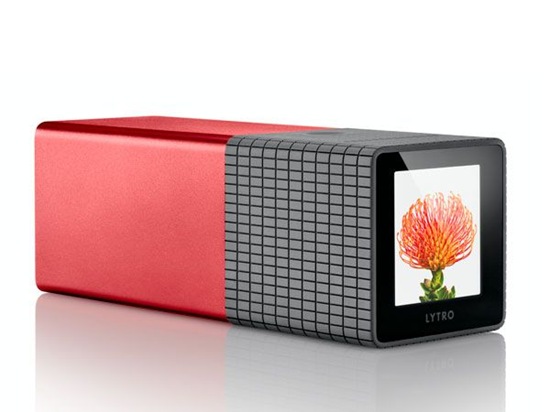
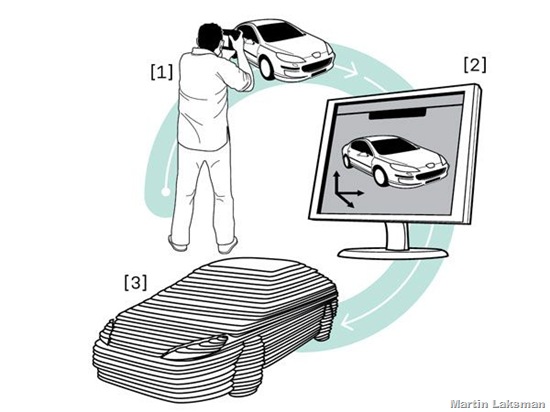
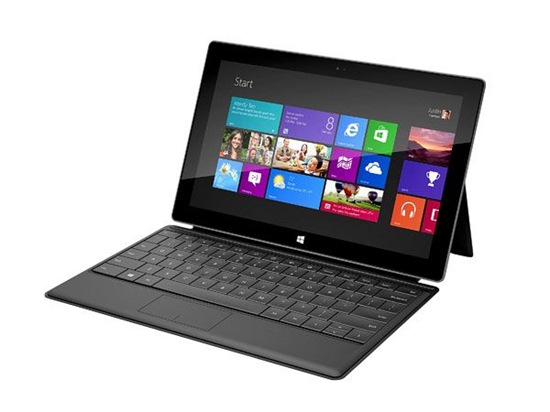
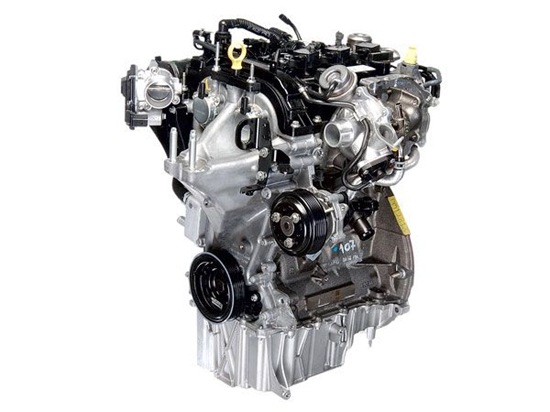

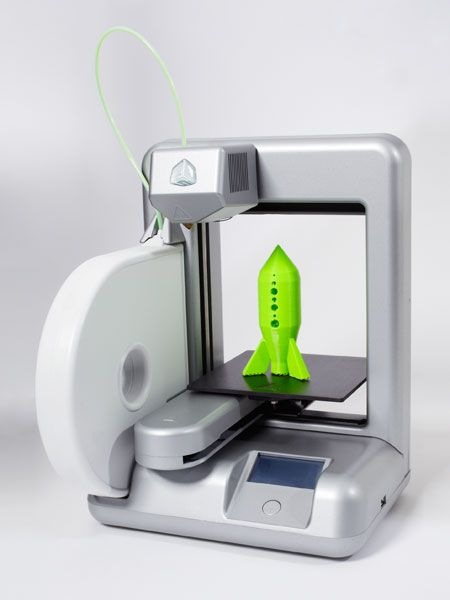
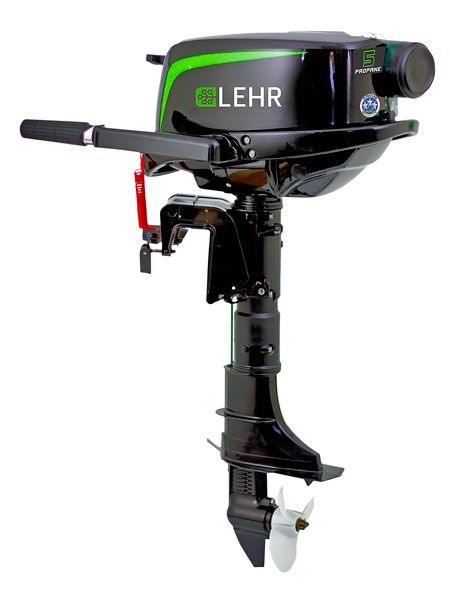
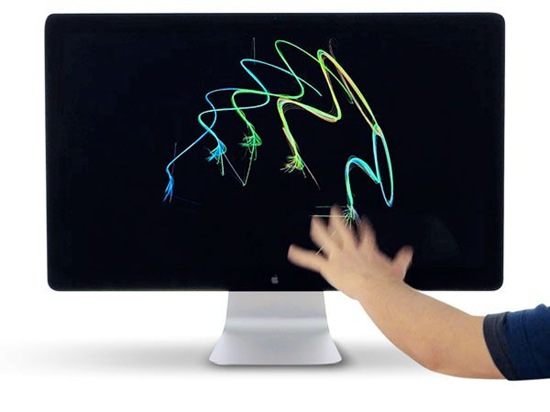

No comments:
Post a Comment
Please adhere to proper blog etiquette when posting your comments. This blog owner will exercise his absolution discretion in allowing or rejecting any comments that are deemed seditious, defamatory, libelous, racist, vulgar, insulting, and other remarks that exhibit similar characteristics. If you insist on using anonymous comments, please write your name or other IDs at the end of your message.